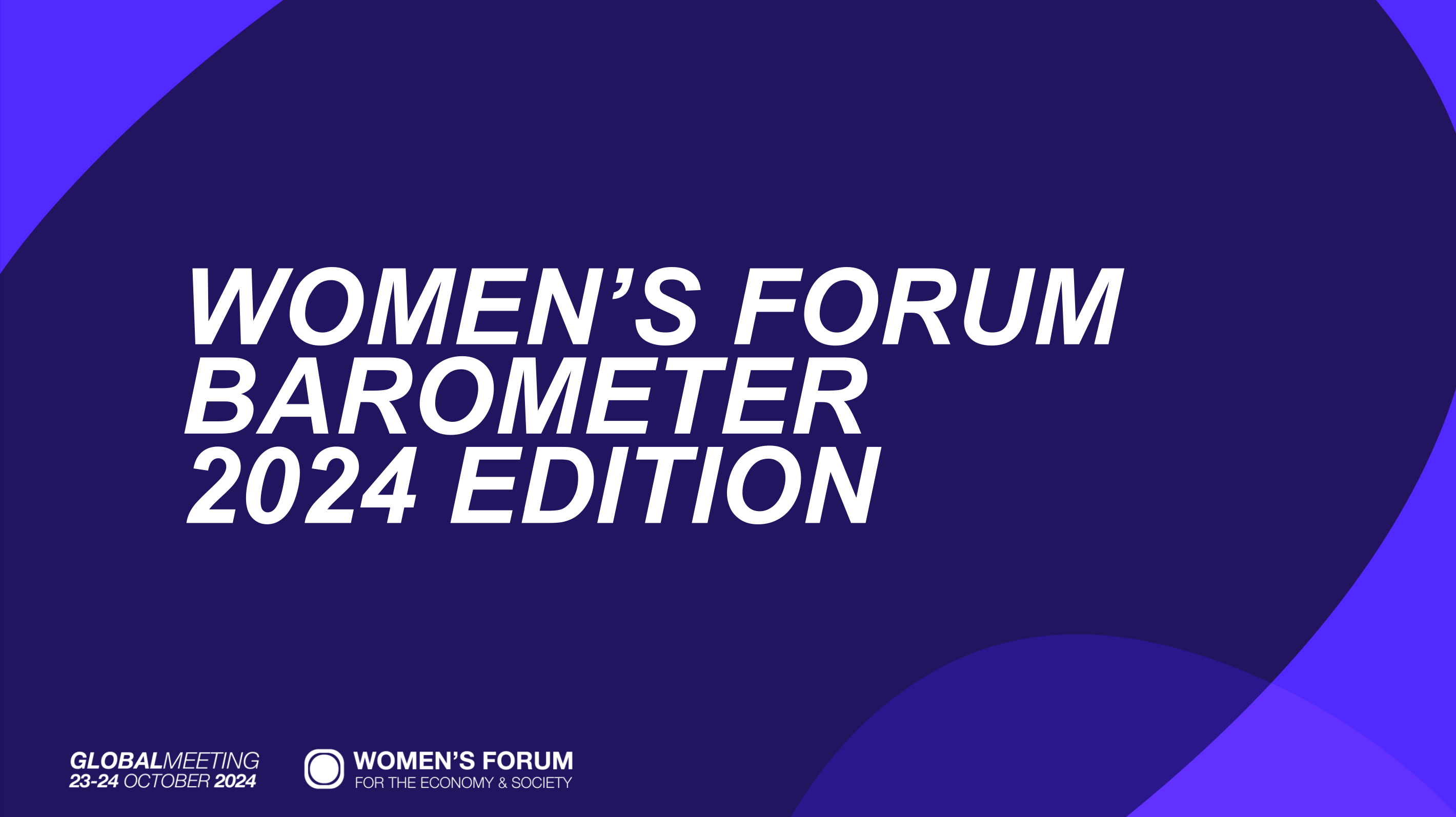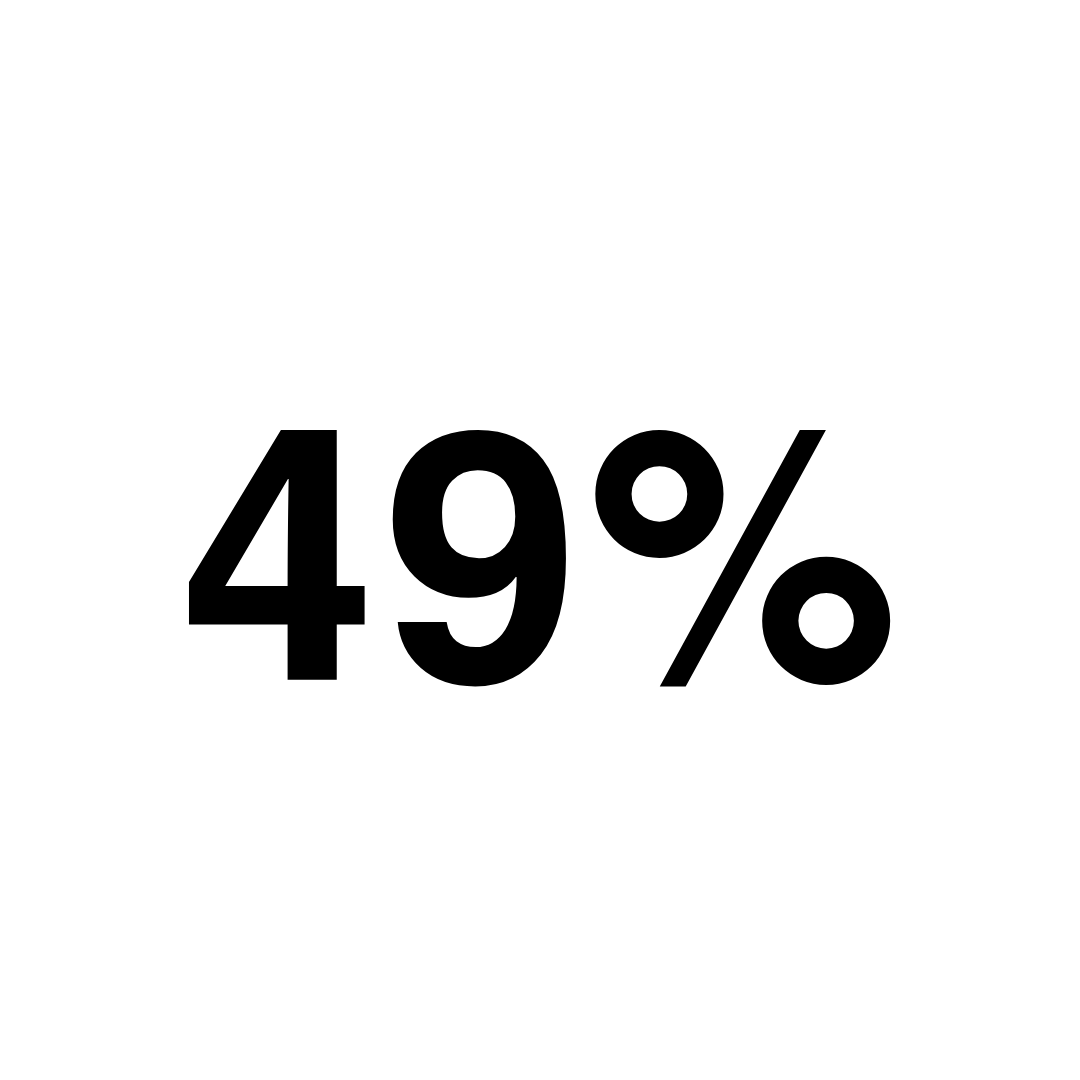Progress towards gender equity is only made possible by quantified evaluation.
Progress towards gender equity is only made possible by quantified evaluation. To reach this objective, the Women’s Forum launched the first Barometer on Gender Equity focused on Perception versus Reality. This instrument compares reality and perception related to female leadership in key issue areas such as politics, corporate, entrepreneurship, tech, health, education and climate change. It follows the trends on a year-to-year basis. This gives the opportunity to track and analyse the progress of the leadership of women in key economic sectors over time.
The Barometer is the world’s first women’s economic leadership statistics instrument that covers female influence in important sectors of the economy, what drives and encourages positive evolution, and how policymakers and policy shapers together can create a favourable environment that leads to narrowing the gender gap.
It is based on two pillars: on one hand, the analysis of accurate and relevant data collected within international databases and, on the other hand, the evaluation of the awareness of the global audience regarding the current state of gender inequality. This Barometer is a unique and important instrument that helps policymakers, stakeholders, and businesses to better understand the work that still need to be done.


2.png)


.png)
.png)